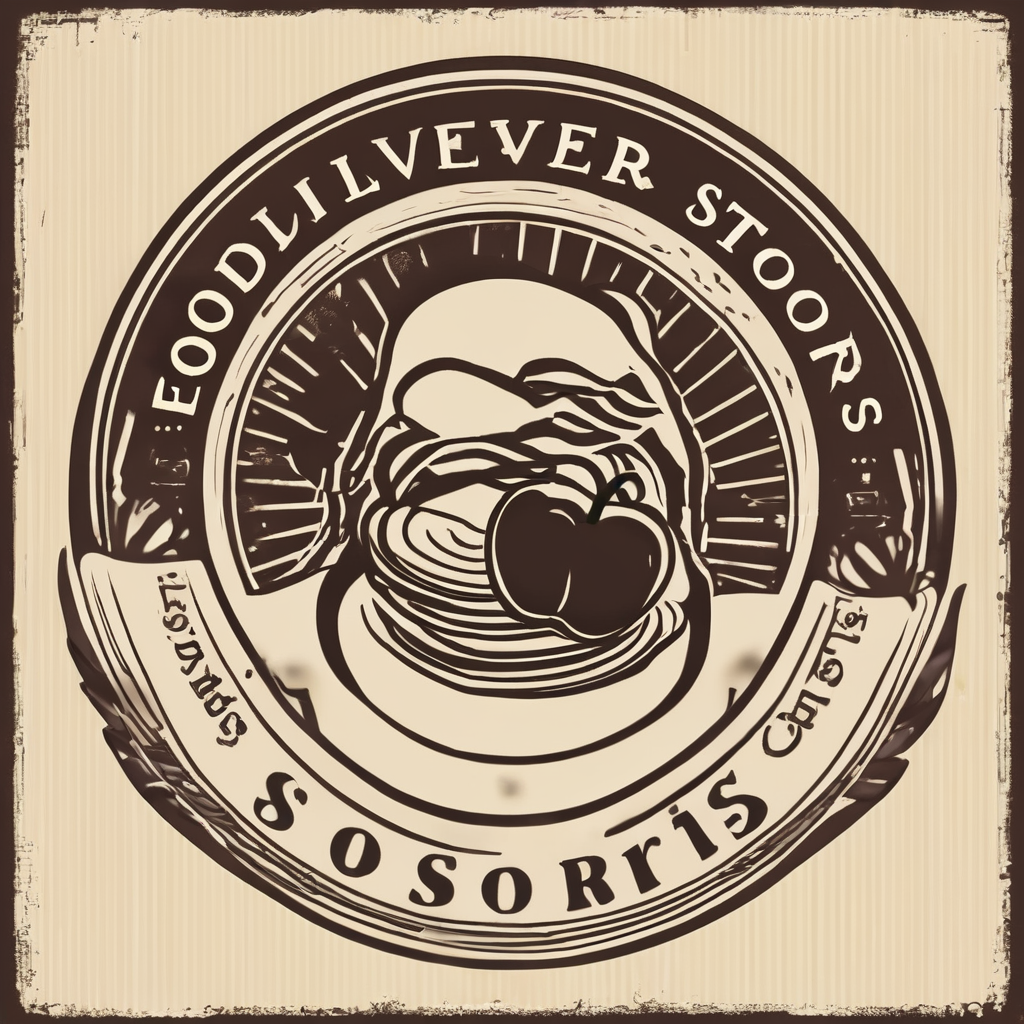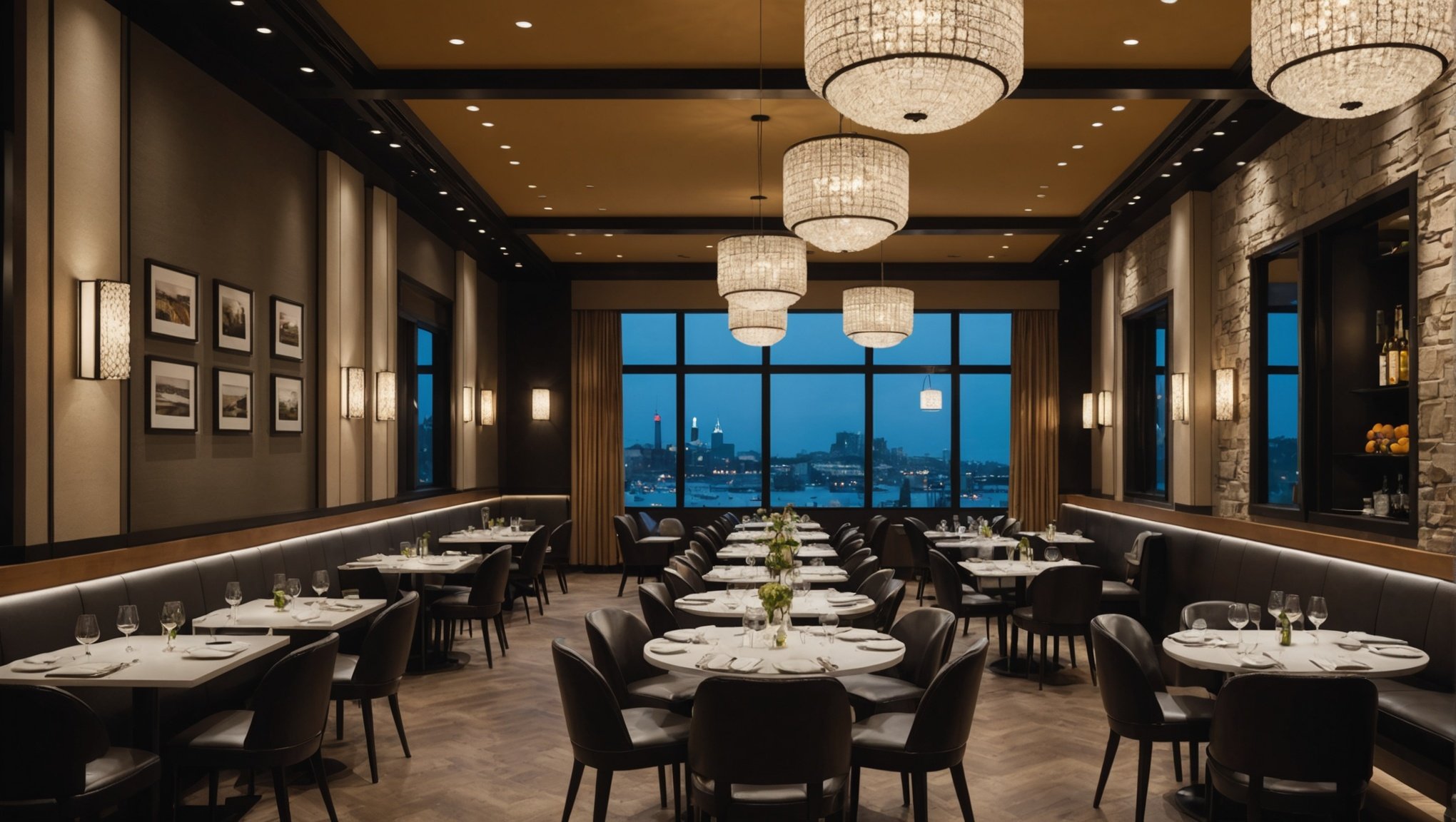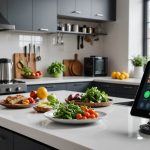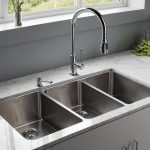Unlocking the Advantages: How LED Lighting Transforms the Dining Experience in Restaurants
In the ever-evolving world of the restaurant industry, the dining experience is no longer just about the food; it’s a holistic encounter that engages all the senses. One of the most significant elements in creating this immersive experience is lighting, and LED lighting, in particular, has revolutionized the way restaurants design and enhance their spaces. Here’s a deep dive into how LED lighting is transforming the dining experience in restaurants.
The Power of Lighting in Restaurant Design
Lighting is more than just a functional necessity; it’s a powerful tool that can transform the ambiance of a restaurant. It sets the mood, influences the perception of the space, and can even affect the taste and enjoyment of the food. As noted in modern restaurant design trends, “Strategic lighting plays a crucial role in creating the desired ambiance in a restaurant. Warm lighting can evoke a cozy and inviting atmosphere, while natural light can enhance the dining experience”.
Have you seen this : Transform Your Café: Innovative Coffee Brewing Techniques to Draw More Customers In
LED lighting, with its versatility and energy efficiency, has become a favorite among restaurant designers. Here are some key ways LED lighting is being used to enhance the dining experience:
Creating Ambiance with Color Temperature
LED lights come in a variety of color temperatures, ranging from warm white to cool white. This flexibility allows restaurants to create different ambiances depending on the time of day or the type of dining experience they want to offer.
Topic to read : Transform Your Kitchen: Crafting Culinary Spaces for Diverse Dietary Needs
- Warm White (2700K-3000K): This color temperature is often used in fine dining restaurants to create a cozy and intimate atmosphere. It can make the space feel more like home, which is particularly appealing for diners looking for a comfortable and relaxing experience.
- Cool White (3500K-5000K): This is more commonly used in casual dining settings or during the daytime to create a brighter and more energizing atmosphere.
Energy Efficiency and Sustainability
One of the most significant advantages of LED lighting is its energy efficiency. LED lights consume significantly less energy than traditional lighting options, which not only reduces the restaurant’s energy consumption but also contributes to sustainability.
| Lighting Type | Energy Consumption (Watts) | Lifespan (Hours) | Energy Efficiency |
|---|---|---|---|
| Incandescent | 60-100 | 1,000-2,000 | Low |
| Halogen | 20-50 | 2,000-4,000 | Medium |
| LED | 6-12 | 25,000-50,000 | High |
As restaurants increasingly focus on sustainable practices, LED lighting is a clear winner. It reduces energy consumption, lasts longer, and minimizes waste, all of which align with the growing trend of eco-friendly restaurant design.
Smart Lighting Solutions for Enhanced Experiences
Smart LED lighting takes the dining experience to the next level by offering customizable and dynamic lighting solutions. Here are some ways smart LED lighting is being used:
Custom LED Lighting Designs
Restaurants can now design custom LED lighting solutions that match their brand identity and the specific ambiance they want to create. For example, a restaurant might use LED lights to highlight specific features or artwork, creating a unique and engaging visual experience.
Ambient Lighting and Scene Setting
Smart LED lights can be programmed to change color, brightness, and pattern to match different times of the day or special events. This dynamic lighting can create a more immersive experience for diners. For instance, a restaurant could switch to a warmer light in the evening to create a more intimate atmosphere.
Efficiency and Maintenance
Smart LED lighting systems often come with advanced features like automatic dimming, scheduling, and remote control. These features not only enhance the dining experience but also improve operational efficiency. Here’s how:
- Automated Dimming: Adjusts the light levels based on natural light availability, ensuring optimal energy savings.
- Scheduling: Allows restaurants to set different lighting scenes for different times of the day or week.
- Remote Control: Enables staff to adjust lighting settings from a central location, reducing the need for manual adjustments.
Practical Insights and Actionable Advice
If you’re considering integrating LED lighting into your restaurant, here are some practical tips to keep in mind:
Balance Aesthetics and Functionality
While aesthetics are crucial, functionality should not be overlooked. Ensure that the lighting design balances visual appeal with practicality. For example, using LED lights to highlight the bar area can create a focal point while also making it easier for patrons to read menus and interact with staff.
Consider Natural Light Integration
Natural light can significantly enhance the dining experience. When designing your lighting strategy, consider how to integrate natural light effectively. Use windows, skylights, and light control options like adjustable blinds or curtains to manage the intensity of natural light.
Invest in Energy-Efficient Equipment
In addition to LED lighting, investing in other energy-efficient equipment can further reduce your restaurant’s energy consumption. This includes using energy-efficient kitchen appliances, HVAC systems, and water-saving devices.
Examples and Anecdotes
Let’s look at some real-world examples of how LED lighting has transformed the dining experience in restaurants:
Miam Miam Restaurant
Miam Miam, a restaurant inspired by the Zaire River, uses LED lighting to create a harmonious connection between the restaurant and its natural surroundings. The graceful movement of the river’s waters is displayed on one of the walls using LED lights, enhancing the immersive dining experience.
High-End Restaurants with LED Menu Covers
Some high-end restaurants are using LED menu covers to provide both functionality and a futuristic, stylish appeal. These covers feature built-in LED lights that illuminate the menu pages, ensuring guests can comfortably read the offerings even in dimly lit settings. This innovation not only solves a practical problem but also adds a touch of luxury to the dining experience.
LED lighting is more than just a lighting solution; it’s a tool that can transform the dining experience in restaurants. With its energy efficiency, sustainability, and smart features, LED lighting is redefining how restaurants design their spaces and interact with their customers.
As the restaurant industry continues to evolve, embracing innovative ideas and initiatives will be key to staying ahead. By integrating LED lighting into their design strategy, restaurants can create a more inviting, efficient, and sustainable dining environment that leaves a lasting impression on their guests.
In the words of a restaurant designer, “Lighting is not just about illuminating the space; it’s about creating an atmosphere that enhances the dining experience. LED lighting offers the flexibility and efficiency to achieve this, making it an indispensable tool in modern restaurant design.”
By leveraging the advantages of LED lighting, restaurants can create a world of culinary excellence and indulgence, where flavors dance on the palate and memories are created. Whether you’re looking to enhance ambiance, reduce energy consumption, or simply create a unique dining experience, LED lighting is the way to go.






